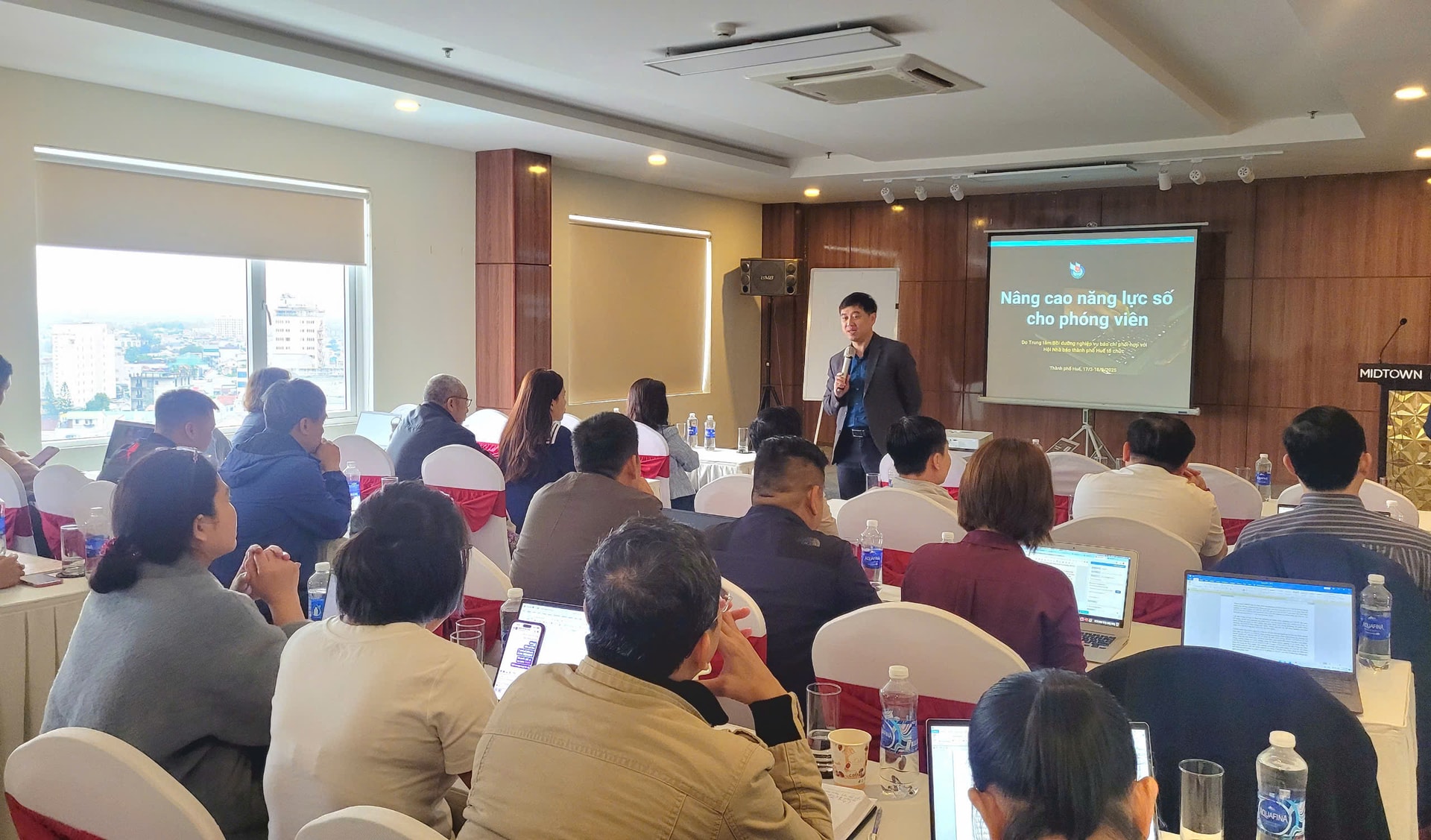
Since February 2, 2025, the first regulations of the Artificial Intelligence Act (AI Act) issued by the European Union (EU) officially took effect, marking an important turning point in managing and shaping the future of the AI industry.
For journalism, the use of AI is no longer just a matter of mutual support. AI has almost become a “collaborator”, and can even be an author, if the newspaper does not place restrictions on the work used.
Colleagues
In March this year, the Vietnam Journalists Association organized a training course on the use of AI in operations for journalists in the Central region.
A funny question that journalists ask is how will royalties for articles written using AI be paid? Master Vu The Cuong - lecturer at the Center for Journalism Training (Vietnam Journalists Association) said that this depends on... the regulations of each press agency.
Reviewing the operating regulations of newspapers in Vietnam up to this point, almost no press agency has announced separate regulations on the use of AI for reporters.
Meanwhile, according to a survey conducted by the Vietnam Journalists Association and the Vietnam Digital Communications Association, about 25% of press agencies in Vietnam have applied AI in their editorial operations, especially in news production. Of these, 36/46 press agencies have built their own AI systems to operate, while the rest use outsourcing services.
Many newsrooms even optimize the application of technology algorithms and AI in most of the content stages to exclusive multimedia content products.
VnExpress also has its own algorithm to arrange homepage content based on the principle of partial personalization, using an application to summarize news for readers in text and voice; the Robot Journalism application participates in writing articles summarizing the stock market, sports news, and quizzes.
AI has become a powerful “partner” for journalists, especially in multimedia journalism. Just by using basic algorithms such as text input, commands and using linked applications, from creating background music, commentary, visual effects... an eye-catching, catchy multimedia product is born within minutes.
Question about professional ethics?
But can’t AI do everything well, and get it right? Technologies like Deepfake and AI-generated text (GPT) can create fake content, making it difficult for newsrooms to verify information.
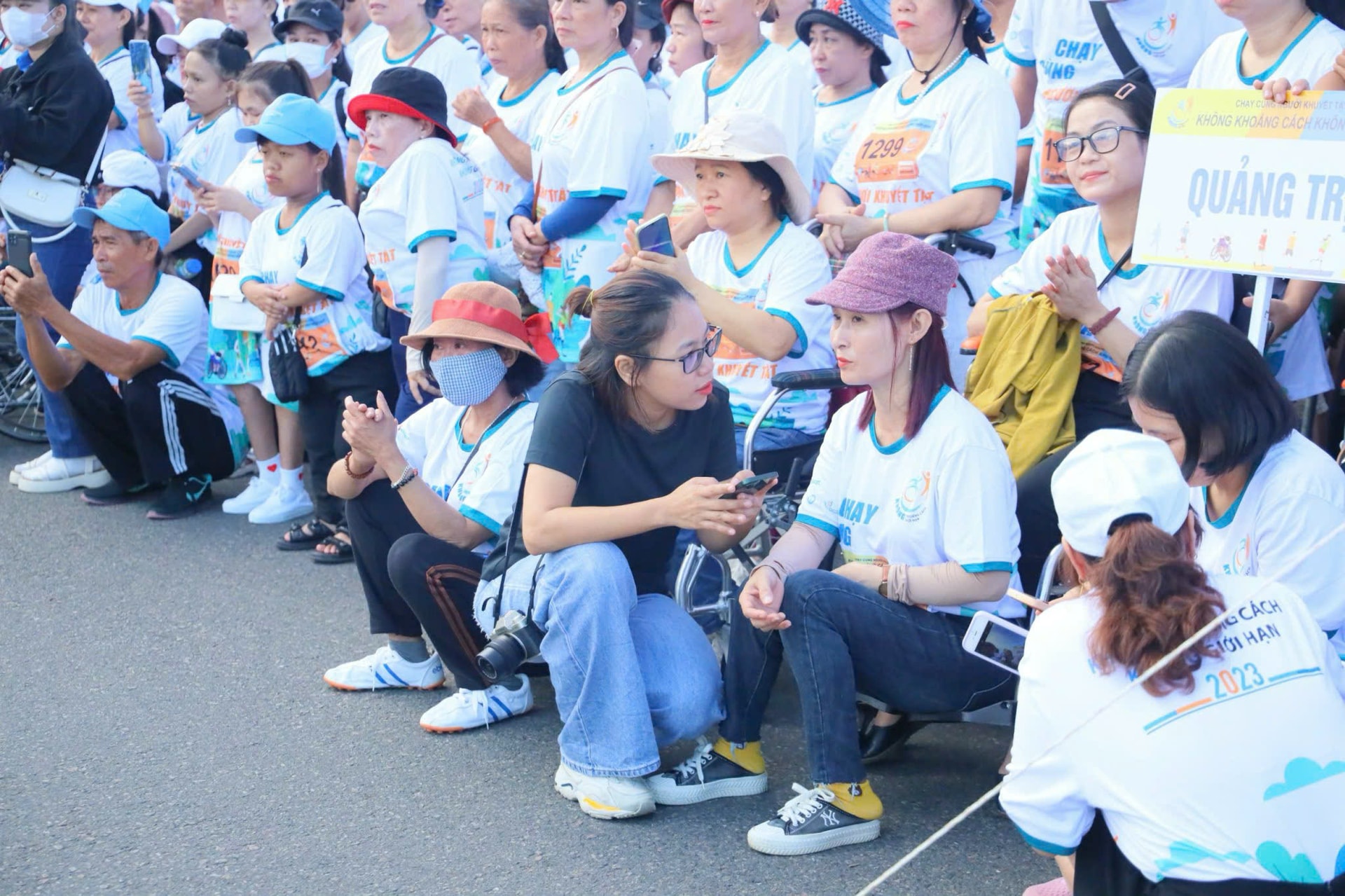
Surely many social media users will not forget the emotional images posted during certain times of natural disasters, however, when identified, they are images and content generated by AI.
In newspapers, the monitoring role of the editorial department is increasingly important. How to determine whether a work uses AI and whether the information used is true or “fake news”? What is the appropriate dose of AI?
In fact, a skilled editor can detect how much AI a piece uses, or is even written by, AI; because in reality, the tone of AI—whether generative AI or trendy like agent AI—is still... “strained.”
Even though the AI is professionally trained to follow the user's writing style, each writer's identity is unique! The human essence through the use of language is something that AI cannot do.
At the last training session in Hue, Master Vu The Cuong asked each trainee to create a handbook or regulations for using AI for their newsroom. He said that after understanding and knowing how to effectively apply AI, the last thing journalists need to do is draw their own boundaries before AI, so as not to become "writing machines". That is also the ethics of journalists in the digital age.
Establishing principles for using AI in journalism, from information gathering, content production to data analysis, all prioritize transparency. The core value of journalism is honesty. And for journalists in the AI era, honesty means not letting AI do their job.
When choosing to become a "messenger", the most important thing readers want in an article is the breath of life honestly reflected through the perspective of a sensitive person.
Source: https://baoquangnam.vn/ranh-gioi-nao-giua-ai-va-nha-bao-3156993.html


![[Photo] Editor-in-Chief of Nhan Dan Newspaper Le Quoc Minh received the working delegation of Pasaxon Newspaper](https://vphoto.vietnam.vn/thumb/1200x675/vietnam/resource/IMAGE/2025/9/23/da79369d8d2849318c3fe8e792f4ce16)
![[Photo] Prime Minister Pham Minh Chinh chairs the 14th meeting of the Steering Committee on IUU](https://vphoto.vietnam.vn/thumb/1200x675/vietnam/resource/IMAGE/2025/9/23/a5244e94b6dd49b3b52bbb92201c6986)








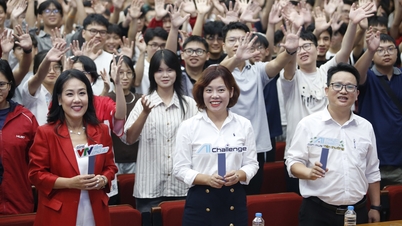





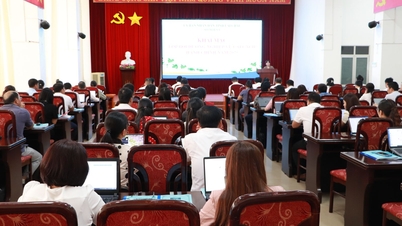







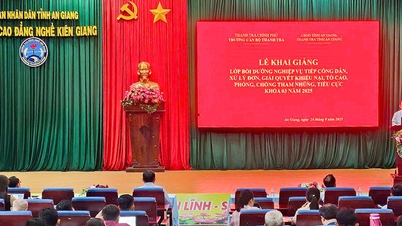


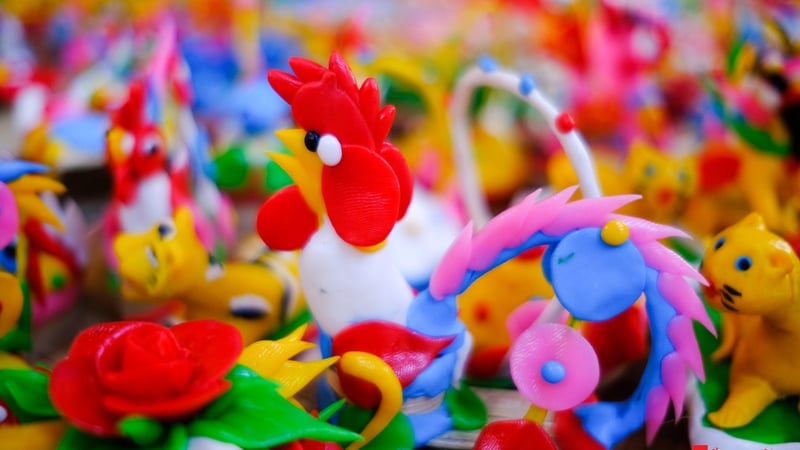





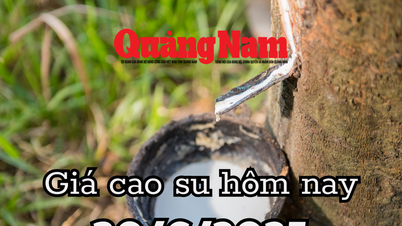


















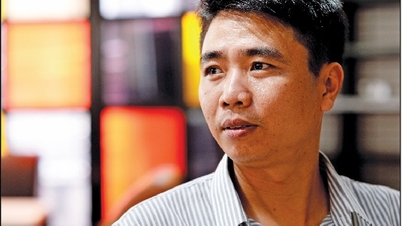
















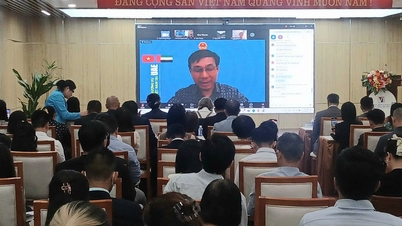



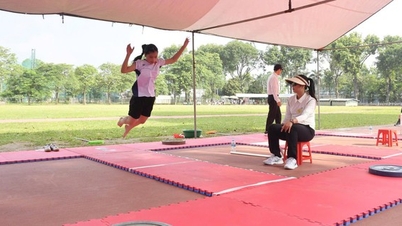




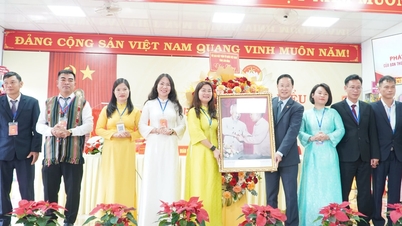









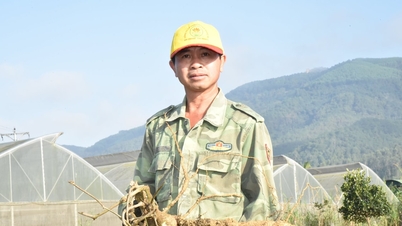








Comment (0)